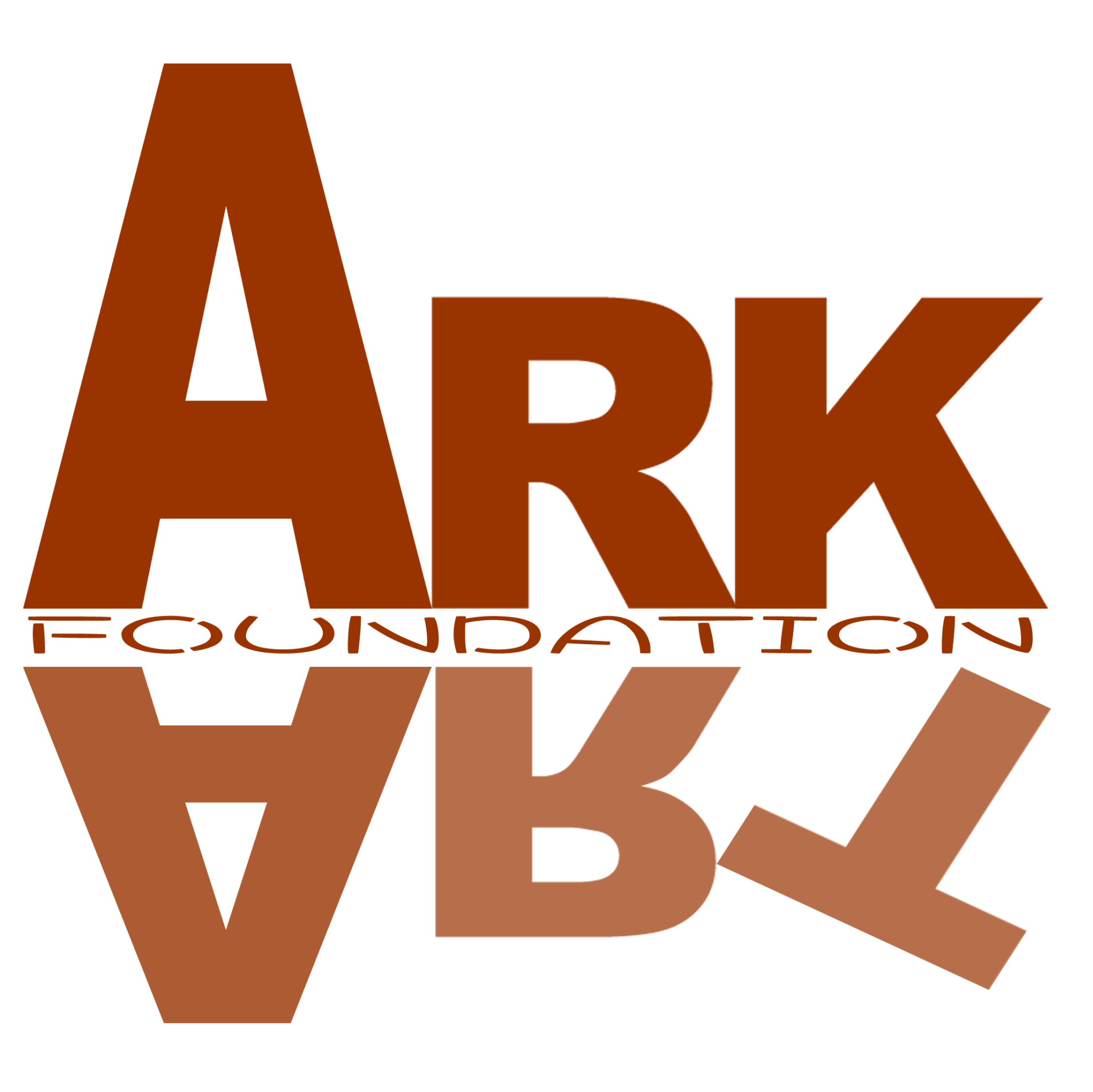Research
Voidism|虛有派
Voidism, founded by artist Dalong Wang, is an artistic and philosophical system centered on the “manifestation of existence.” Rather than defining itself through style, technique, or medium, Voidism operates through a unique mode of perception: the belief that all things reveal their true state in the oscillation between void and presence. The void is not emptiness but a field of undifferentiated energy; presence is not substance but the posture a thing assumes when it is being seen. Voidism concerns itself not with external form, but with the ontological movement that occurs the moment something comes into visibility.
Across Wang’s work—photography, painting, sculpture, installation, and conceptual structures—Voidism functions not as a theme but as a structural principle: a continuous practice of “seeing from within.” Three elements define the movement of Voidism: Appearance, Interval, and Resonance. Appearance marks the instant existence emerges from silence; Interval is the breath-like gap between void and presence; Resonance is the reciprocal echo generated between the viewer and the world. Every Voidist work unfolds along these three trajectories, regardless of medium.
Voidism maintains a deep connection with The Illusory Being Poems. The poems are not supplementary material, but the linguistic root of the entire system, providing the conceptual and perceptual architecture beneath Wang’s visual practice. Together, the poems and artworks form a coherent Voidist universe, where the void becomes generative rather than absent, and presence becomes a pathway into the deeper structure of existence.
Voidism is not concerned with artistic form alone, but with how the world manifests itself under sustained, honest perception. This inward mode of seeing makes Voidism simultaneously an artistic method, a philosophical framework, and a way of remaining truthful to reality itself.
1985-2025
虛有派由藝術家王大龍創立,是一個以「存在的顯形」為核心的藝術思想體系。它並非以風格、技法或媒介為界,而是以一種獨特的「觀照方式」指向世界:萬物在虛與有的往返之間顯現自身的真實狀態。虛不是空無,而是能量與意識尚未定形的原場;有不是實體,而是事物在被觀看時所產生的姿態。虛有派關注的不是外在形式,而是事物在被「看見」時所發生的存在學運動。
在王大龍遍佈攝影、繪畫、雕塑、裝置與觀念結構的實踐中,虛有並不是主題,而是結構性原則——是一種持續進行的「從內部觀看」。虛有派提出三項基本要素:顯形(Appearance)、縫隙(Interval)、迴聲(Resonance)。顯形指向存在從沉默中浮出的瞬間;縫隙是虛與有之間的呼吸空間;迴聲則是觀看者與世界之間相互生成的意識迴盪。所有虛有派作品皆沿著這三條線索展開,無論媒介為何。
虛有派同時與《虛有詩篇》保持深度連結。詩並非附屬,而是虛有體系的語言根源,為視覺藝術提供了觀念的脈絡與意識結構。王大龍的詩與作品共同構成一個完整的虛有世界,使虛不再是消失,而成為生成,使有不再是結果,而成為通往存在的路徑。
虛有派關心的不是創作形式,而是世界如何在被凝視時自我顯形。這種來自內部的觀看,使虛有派成為一種藝術方法,也是一種思想方式,更是一種與現實世界保持誠實關係的路徑。
1985-2025
